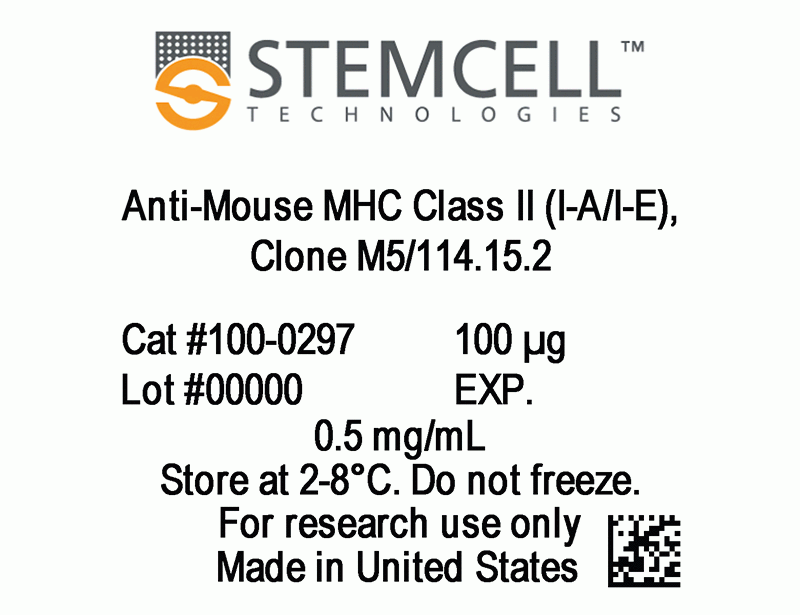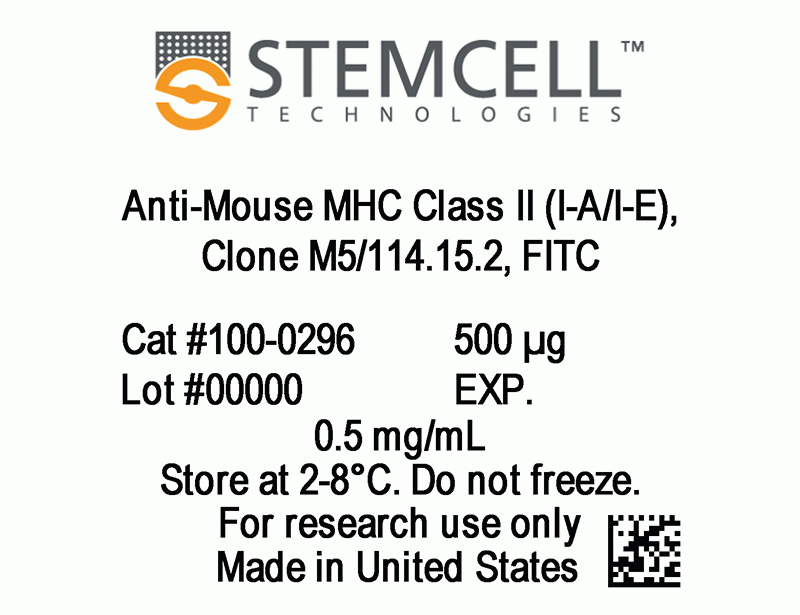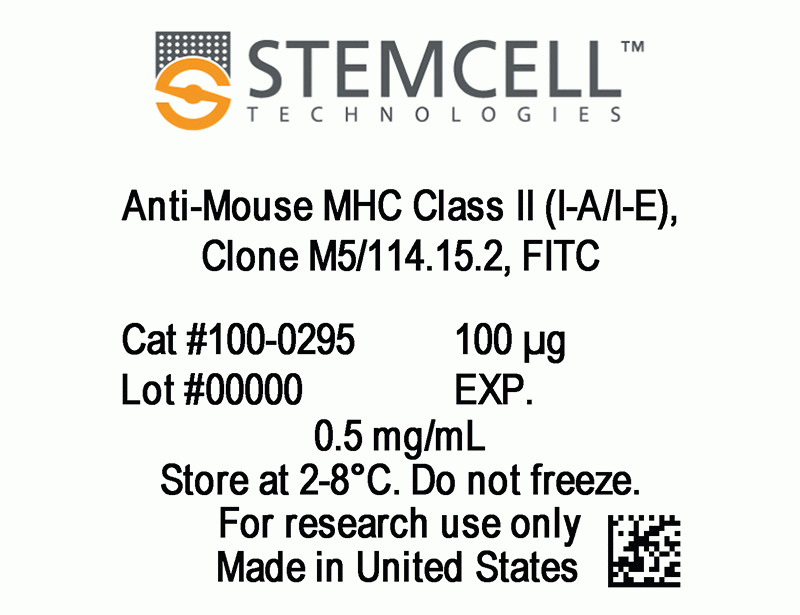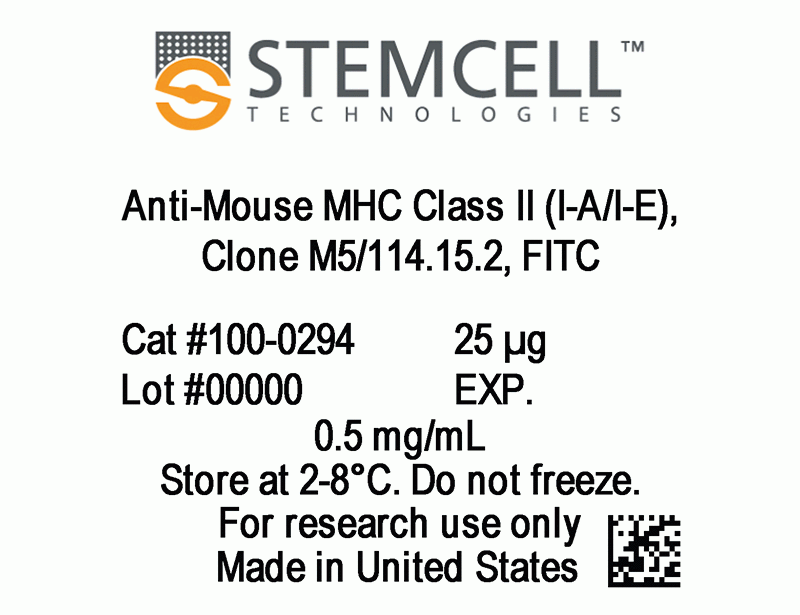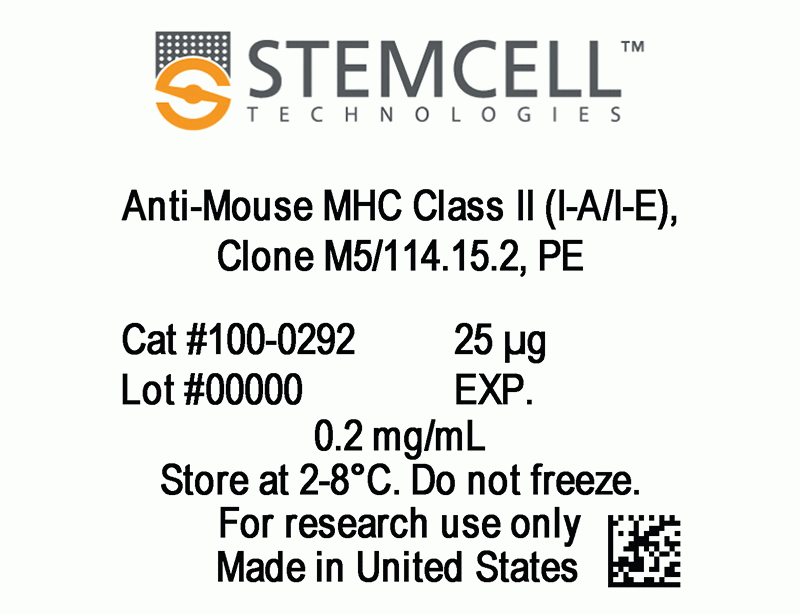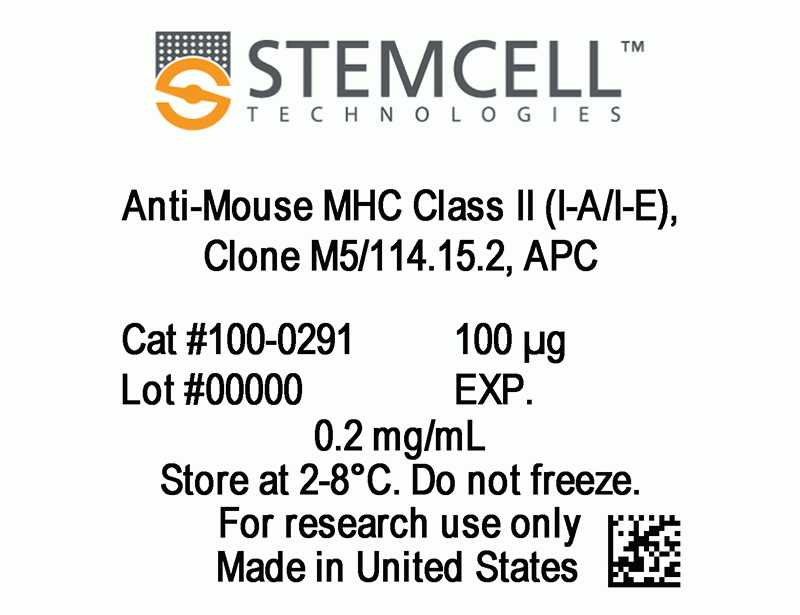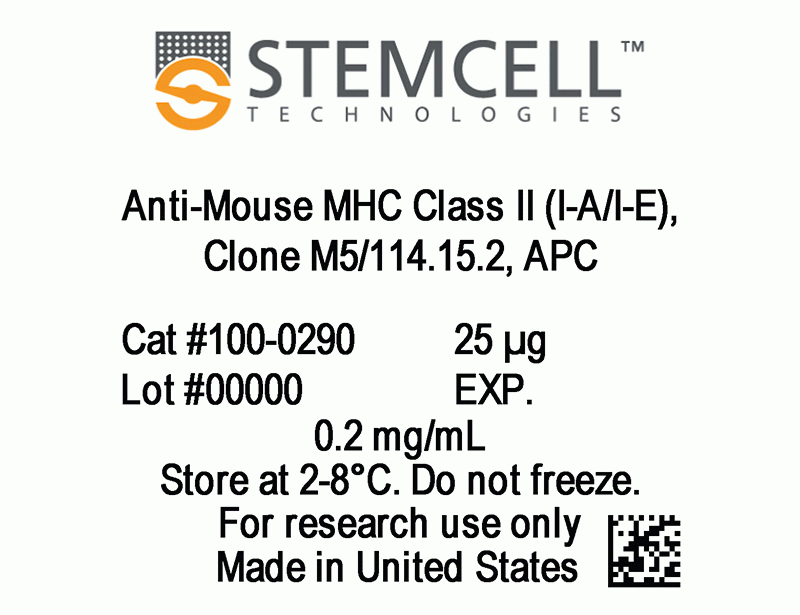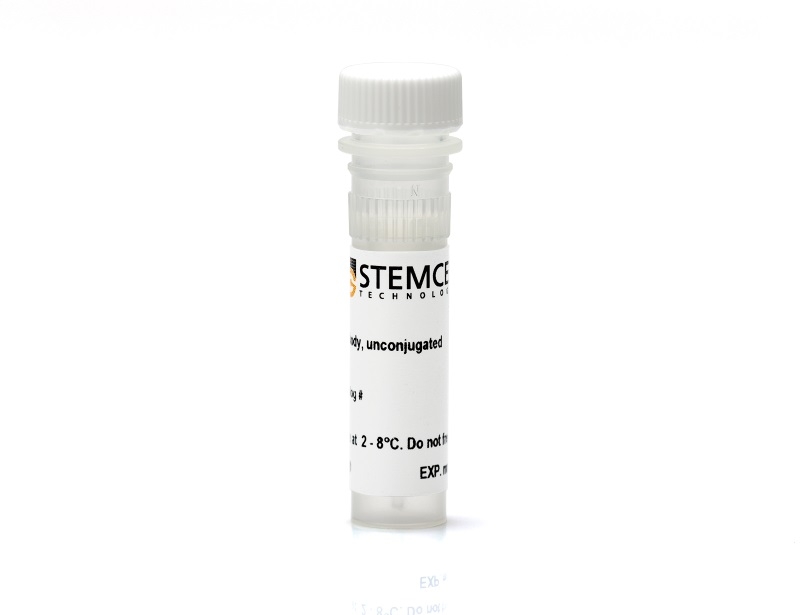Anti-Mouse MHC Class II (I-A/I-E), Clone M5/114.15.2
| Document Type | 产品名称 | Catalog # | Lot # | 语言 |
|---|---|---|---|---|
| Product Information Sheet | Anti-Mouse MHC Class II (I-A/I-E), Clone M5/114.15.2, APC | 100-0290, 100-0291 | All | English |
| Product Information Sheet | Anti-Mouse MHC Class II (I-A/I-E), Clone M5/114.15.2, PE | 100-0292, 100-0293 | All | English |
| Product Information Sheet | Anti-Mouse MHC Class II (I-A/I-E), Clone M5/114.15.2, FITC | 100-0294, 100-0295, 100-0296 | All | English |
| Product Information Sheet | Anti-Mouse MHC Class II (I-A/I-E), Clone M5/114.15.2 | 100-0297 | All | English |
| Safety Data Sheet | Anti-Mouse MHC Class II (I-A/I-E), Clone M5/114.15.2, APC | 100-0290, 100-0291 | All | English |
| Safety Data Sheet | Anti-Mouse MHC Class II (I-A/I-E), Clone M5/114.15.2, PE | 100-0292, 100-0293 | All | English |
| Safety Data Sheet | Anti-Mouse MHC Class II (I-A/I-E), Clone M5/114.15.2, FITC | 100-0294, 100-0295, 100-0296 | All | English |
| Safety Data Sheet | Anti-Mouse MHC Class II (I-A/I-E), Clone M5/114.15.2 | 100-0297 | All | English |
Data
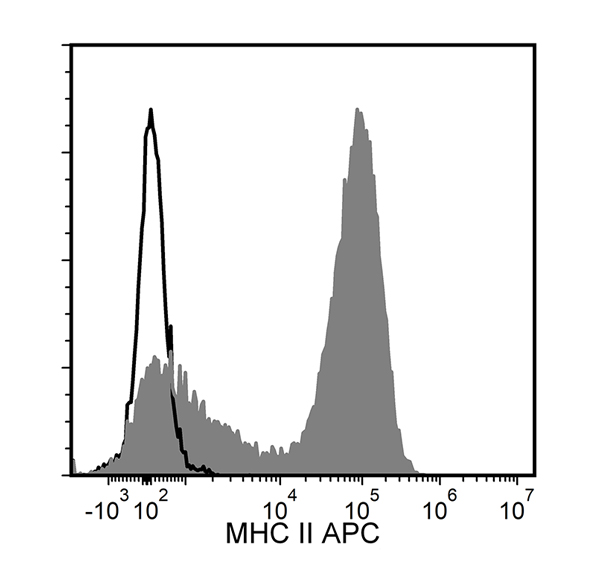
Figure 1. Data for Anti-Mouse MHC II Antibody, Clone M5/114.15.2, APC
Flow cytometry analysis of C57BL/6 mouse splenocytes labeled with Anti-Mouse MHC II Antibody, Clone M5/114.15.2, APC (filled histogram) or a rat IgG2b, kappa APC isotype control antibody (solid line histogram).
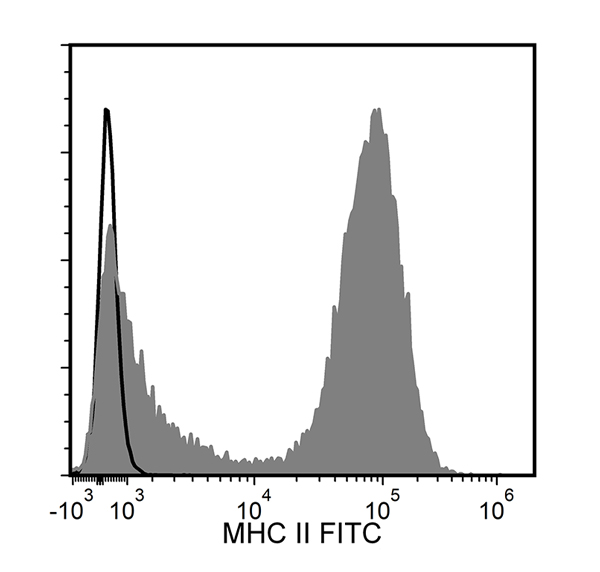
Figure 2. Data for Anti-Mouse MHC Class II Antibody, Clone M5/114.15.2, FITC
Flow cytometry analysis of C57BL/6 mouse splenocytes labeled with Anti-Mouse MHC II Antibody, Clone M5/114.15.2, FITC (filled histogram) or a rat IgG2b, kappa FITC isotype control antibody (solid line histogram).
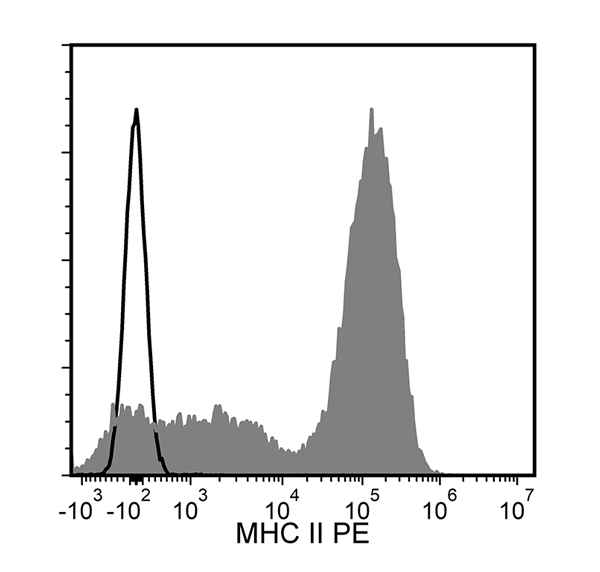
Figure 3. Data for Anti-Mouse MHC Class II Antibody, Clone M5/114.15.2, PE
Flow cytometry analysis of C57BL/6 mouse splenocytes labeled with Anti-Mouse MHC II Antibody, Clone M5/114.15.2, PE (filled histogram) or a rat IgG2b, kappa PE isotype control antibody (solid line histogram).
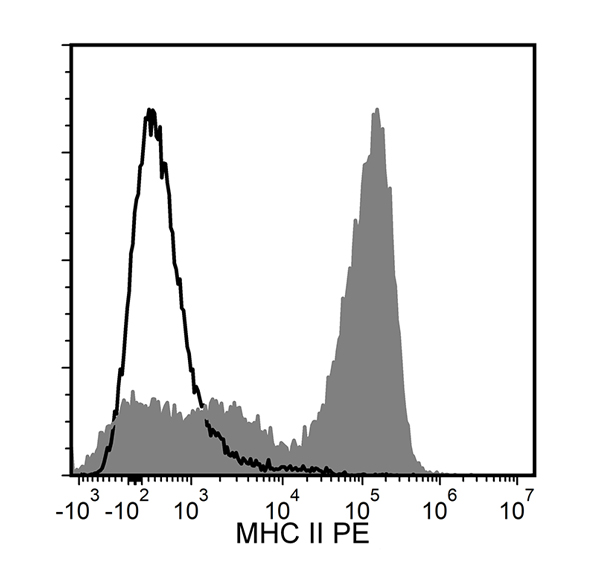
Figure 4. Data for Anti-Mouse MHC Class II Antibody, Clone M5/114.15.2,Unconjugated
Flow cytometry analysis of C57BL/6 mouse splenocytes labeled with Anti-Mouse MHC II Antibody, Clone M5/114.15.2, followed by a mouse anti-rat IgG2b antibody, PE (filled histogram) or a rat IgG2b, kappa isotype control antibody followed by a mouse anti-rat IgG2b antibody, PE (solid line histogram).

